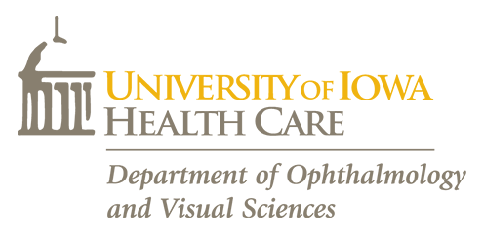PURPOSE:
To evaluate the safety and efficacy of refractive surgery in children.
METHODS:
Pediatric patients with unilateral high myopia who were 9 years of age or older were offered refractive surgery to supplement optical correction. The patients and families were informed that the operation may not improve their best-corrected visual acuity. Photorefractive keratectomy (PRK) or laser in situ keratomileusis (LASIK) was performed on the more myopic eye with the use of topical anesthesia. Cycloplegic refraction, stereopsis, motility, and best-corrected visual acuity were measured before the procedure and at 2 months and 20 months after the procedure. All patients had completed amblyopia therapy before surgery.
RESULTS:
Fourteen eyes of 14 patients aged 9 to 14 years received refractive surgery. Average age at the time of surgery was 11.9 years (+/-1,6). Average corrected preoperative visual acuity was 20/147 (+/-0.065 in decimals). Average preoperative refraction was -7.96 D (+/-2,16) spherical equivalent. Twenty months after refractive surgery, the uncorrected visual acuity averaged 20/129 (+/-0.08 in decimals) and best-corrected vision averaged 20/121 (+/-0.08 in decimals). Average refraction was -0.46 D (+/-0,58) at 2 months and -0.67 D (+/-0,68) D at 20 months. An average myopic shift in refraction of -0.22 D was found in treated eyes during the 20 months of follow-up; this was not statistically significant (P =.69). Three patients had LASIK and 11 patients had PRK. LASIK patients averaged -0.875 D of myopic shift over 20 months of follow-up. Those with PRK averaged -0.025 D. This difference was not statistically significant (P =.10). The vision of 5 of 14 patients improved 1 or 2 lines after refractive surgery. Two patients who had 20/80 vision preoperatively improved to 20/60. No patients lost any lines of vision. Only 4 patients demonstrated stereopsis preoperatively, and all retained stereopsis postoperatively. No patient gained stereopsis.
CONCLUSIONS:
LASIK and PRK can be performed safely and effectively in children who are cooperative enough to undergo the procedures with topical anesthesia. Refractive surgery does not improve vision in densely amblyopic eyes but may give modest improvement in those that are mildly amblyopic. No significant complications were encountered aside from a myopic shift over time.
Refractive surgery for unilateral high myopia in children.
Journal:
Journal of AAPOS
Additional Information:
Volume 5, Issue 6, December 2001, Pages 348–351
Publication Date:
May 25 2002
Pubmed ID:

